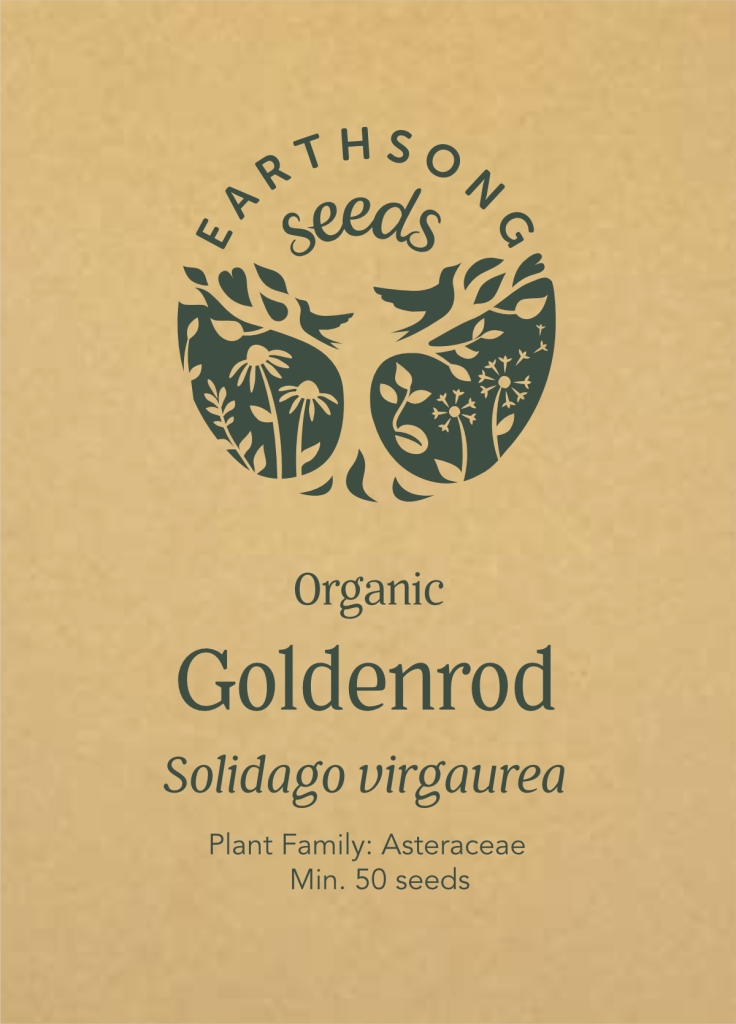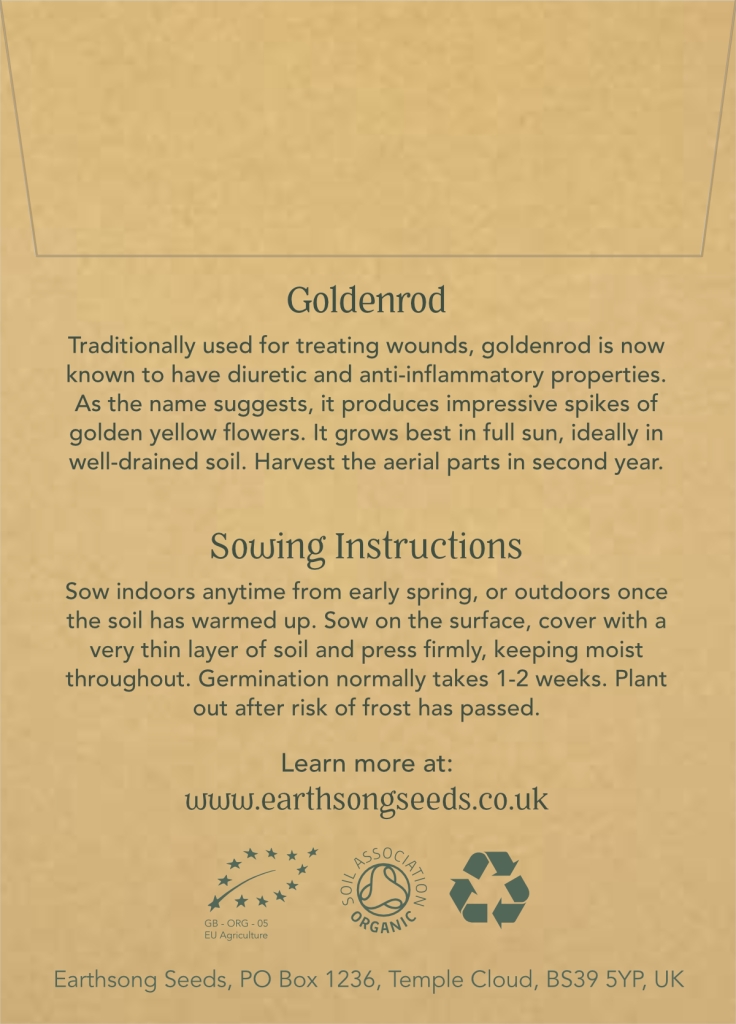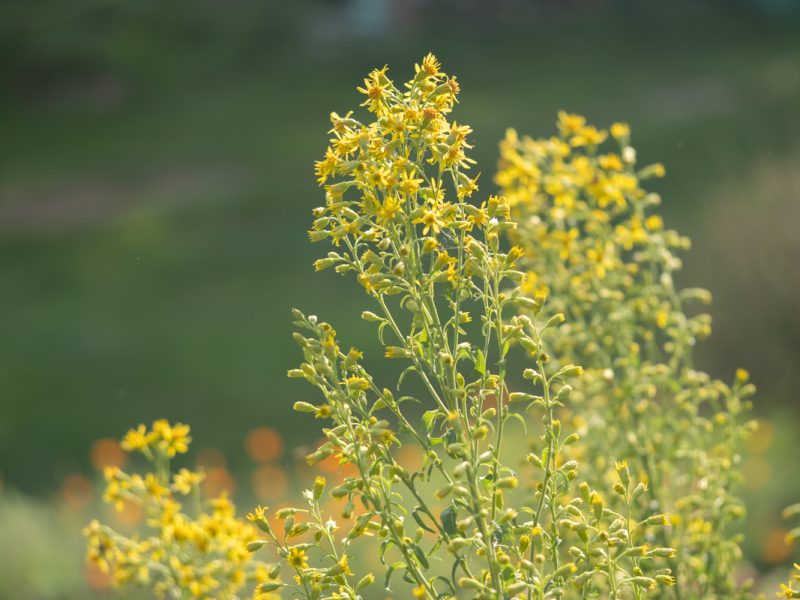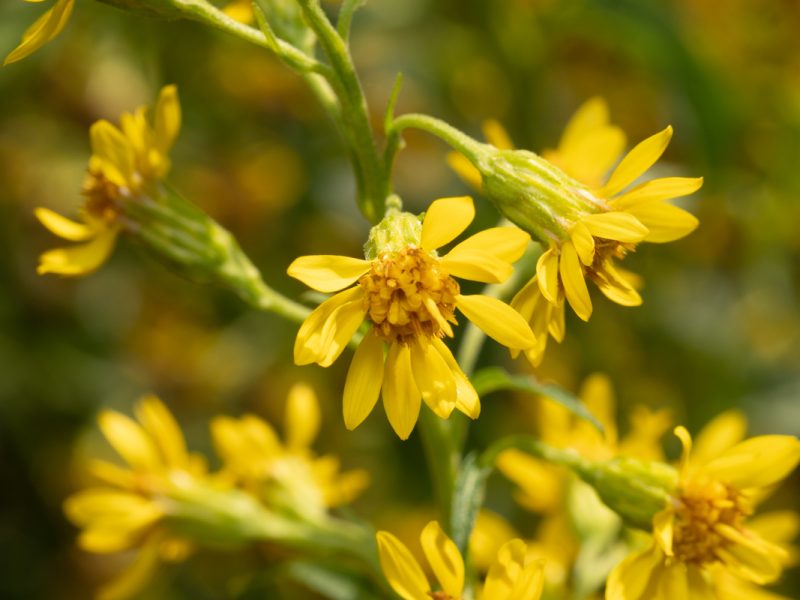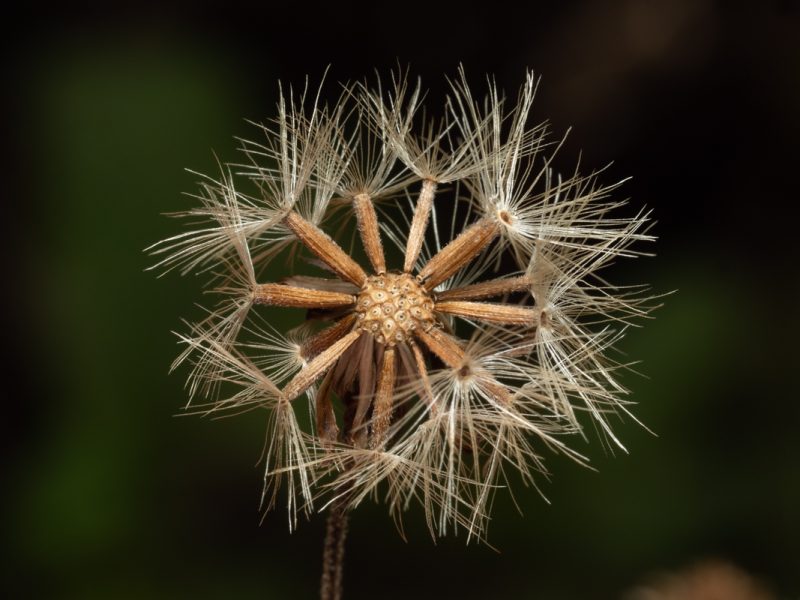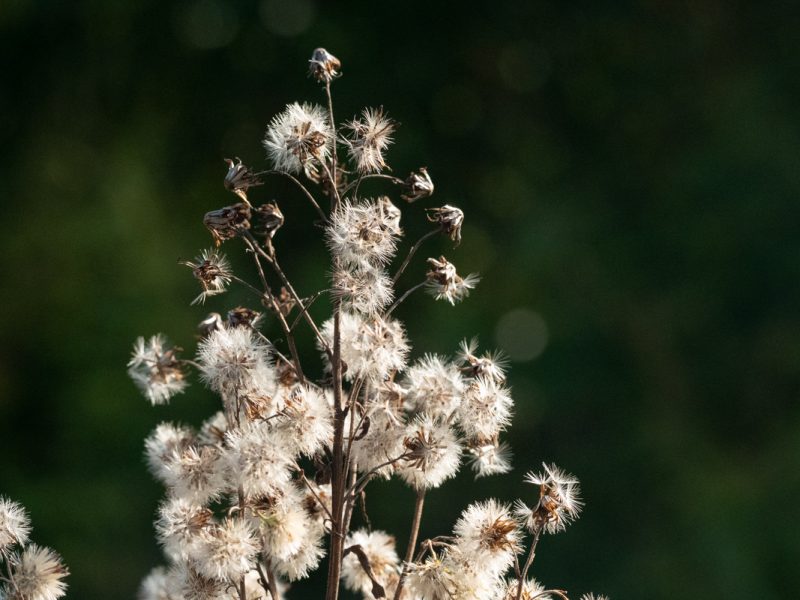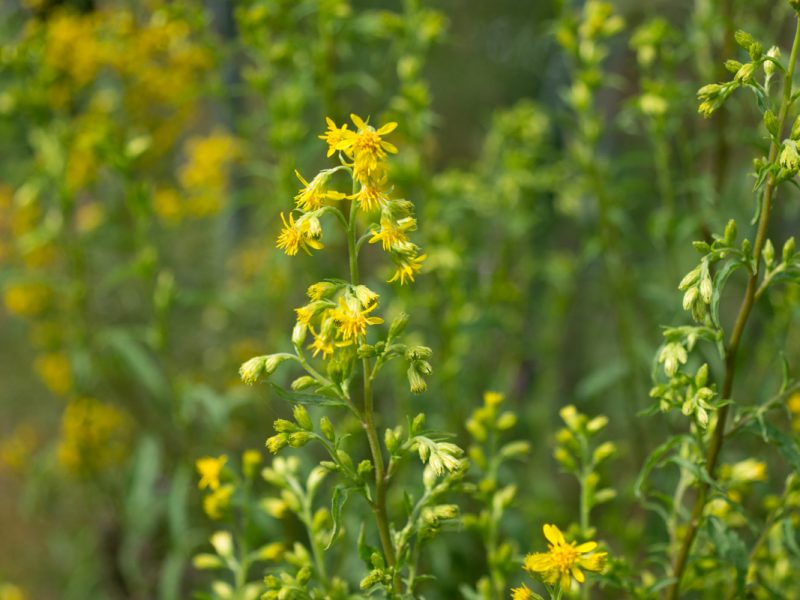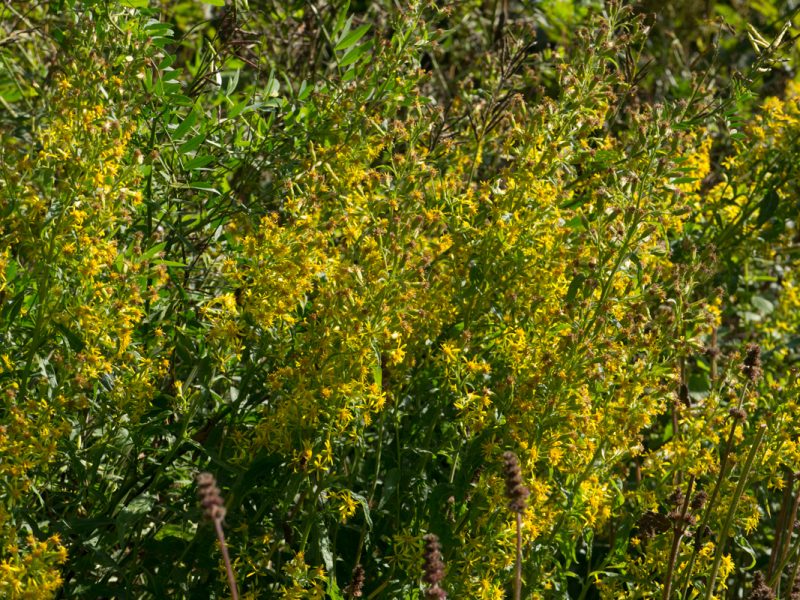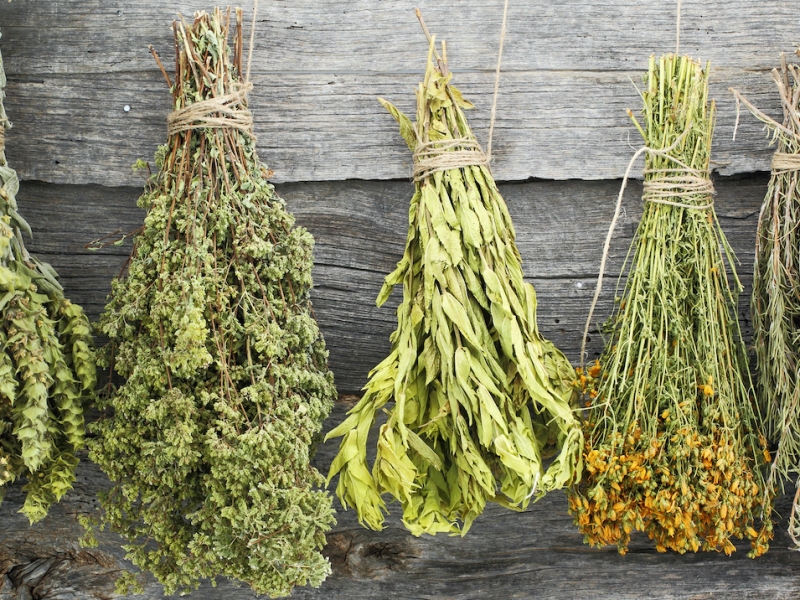Description
Traditionally associated with treating wounds, goldenrod is a well researched species that is now used primarily for treating urinary tract conditions and for its anti-inflammatory properties.
Also known as woundwort, its long history of use as a wound-healer is also said to have influenced the naming of its genus Solidago, which comes from the latin words ‘solidus’ and ‘agere’ – meaning ‘to make solid or whole’.
A perennial that is native to large areas of the northern hemisphere, Solidago virgaurea has evolved into many subspecies and varieties, all of which share its characteristic late-summer golden yellow flowers. It is an easy plant to grow; it appears to tolerate everything the British weather can throw at it and never seems to be nibbled by slugs or caterpillars.
Harvest the flowering tops in their second year, or leave the flowers to grow into white fluffy seed heads. When backlit by the autumn sun, the seeds are every bit as beautiful as the golden flowers.


